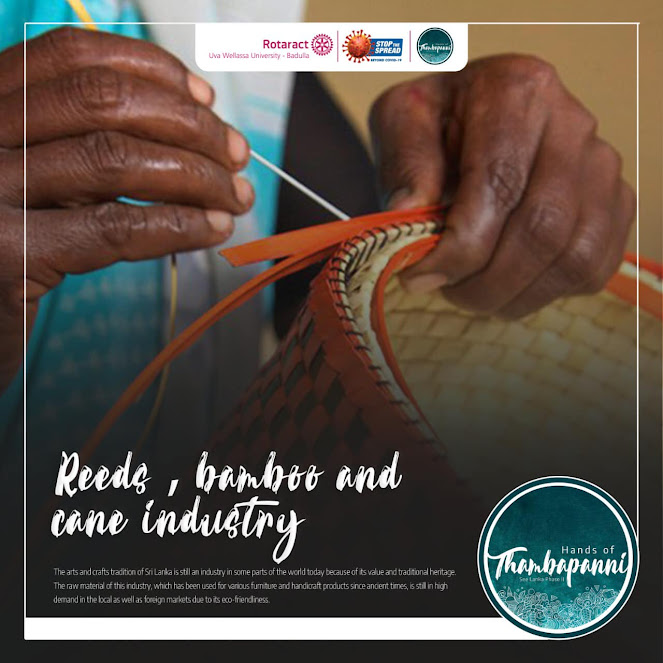Ceylon Toddy

From time immemorial it has been the custom of the Sri Lankans to drink fermented toddy with coconut kithul and palm flowers. There is also evidence that honey drinking was an ancient royal festival in the past. The Dutch started producing arrack from coconut flower extract in Sri Lanka. They also produced and exported arrack in taverns. This situation developed more than before during the Portuguese and English colonial times. After being declared a colony in 1802, the English government continued to trade arrack in the coastal areas as well as in the upcountry through Muslim traders. First the arrack was given to the people of this country for free, and then when they became addicted to it, the British knew that it was a definite habit. It is also reported that the income and living standards of toddy makers in the North, who used to earn a meager income in the past, are now at a high level. Sri Lanka's toddy products are currently exported to a number of countries including Brit...



